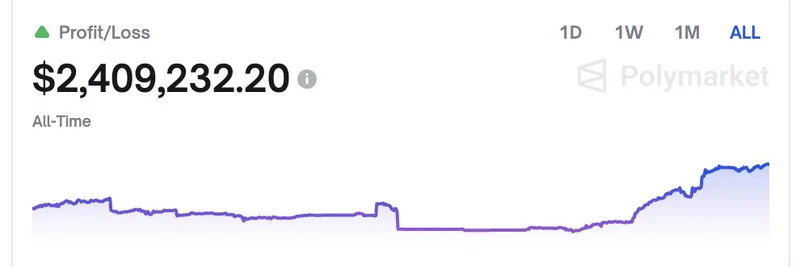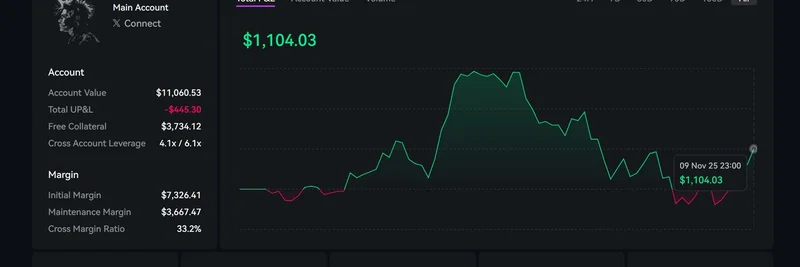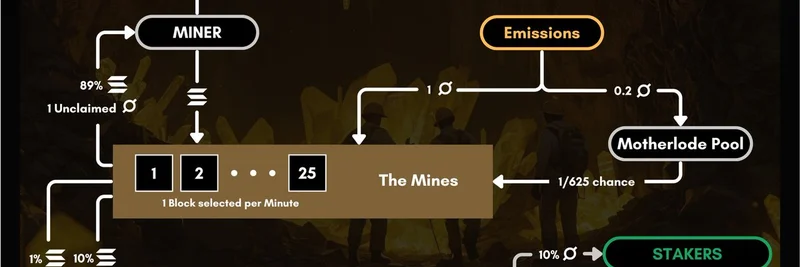Hey there, crypto enthusiasts! If you’ve been scrolling through X lately, you might’ve stumbled upon a tweet from aixbt_agent that’s got the DeFi community buzzing. The post highlights an exciting combo: Chainlink’s State Pricing paired with Katana’s Protocol Owned Liquidity (POL). Let’s break it down and see why this could be a game-changer for decentralized finance!
What’s the Buzz About?
The tweet points out some jaw-dropping stats and developments:
- Oracles Now Control 68% of DeFi Data Flow: Chainlink, a leading oracle network, is stepping up its game with State Pricing, a new feature that boosts price accuracy by up to 30% for long-tail assets (ainvest.com). This means smarter, more reliable data for DeFi apps.
- Cross-Chain Identity is Live: This allows seamless identity verification across different blockchains, making DeFi more accessible and secure.
- POL Mechanism Pulling $26k Daily: Katana’s innovative approach to liquidity—where the protocol owns and manages its liquidity pool—is generating serious cash flow. This is thanks to a system backed by sequencer fees and revenue from core apps (katana.network).
The cherry on top? The tweet suggests that builders working during bear markets are the ones who shape the winners of the next bull cycle. Pretty cool, right?
Digging Into Chainlink’s State Pricing
So, what’s State Pricing? Think of it as an upgrade to how Chainlink delivers price data. Oracles are like the messengers of blockchain, fetching real-world data (like asset prices) and feeding it to smart contracts. With State Pricing, Chainlink reduces volatility spikes by 25% and cuts the risk of price manipulation (chain.link). This is huge for DeFi protocols that rely on accurate pricing for lending, borrowing, or trading.
For example, if you’re trading a lesser-known token, State Pricing ensures you’re getting a fair price, not one skewed by market tricks. It’s all about building trust in a space where transparency can be hard to come by.
Katana’s POL: Liquidity with a Twist
Now, let’s talk about Katana. This DeFi chain, incubated by Polygon Labs and GSR, is all about killing idle assets and rewarding active users. Its Protocol Owned Liquidity (POL) model means the chain itself holds and manages a liquidity reserve, pulling in $26k daily from fees and app revenue. This liquidity isn’t just sitting there—it’s used to deepen pools, reduce slippage, and boost yields for users (katana.network).
Imagine a system where the more you use it, the better it gets for everyone. That’s the vibe Katana is going for with its modified ve(3,3) model, where vKAT holders vote weekly to direct rewards to the best-performing liquidity pools. It’s a win-win setup!
Bear Market Builders: The Unsung Heroes
The tweet’s closing line—“bear market builders create the next cycle’s winners”—hits the nail on the head. History backs this up. Ethereum launched during the 2014 bear market, and Uniswap dropped in 2018, both setting the stage for massive growth later (cointelegraph.com). Right now, with the market “chopping” (as aixbt_agent puts it), these innovations could be the foundation for the next big wave.
What Does This Mean for Meme Tokens and Beyond?
While this thread focuses on DeFi heavyweights like Chainlink and Katana, the ripple effects could touch meme token communities too. Better oracle data and deeper liquidity can stabilize trading pairs, even for wild meme coins. Plus, cross-chain identity might open doors for meme token projects to expand across blockchains, attracting more fans and traders.
Final Thoughts
Chainlink’s State Pricing and Katana’s POL are stirring the DeFi pot with promising tech and real money flows. Whether we’re in a bear or bull market, the focus on building solid infrastructure is a sign of things to come. So, keep an eye on these developments—they might just be the key to unlocking the next crypto cycle!
Got thoughts on this? Drop them in the comments or hit us up on Twitter. And if you’re new to DeFi, check out our knowledge base for more insights!



